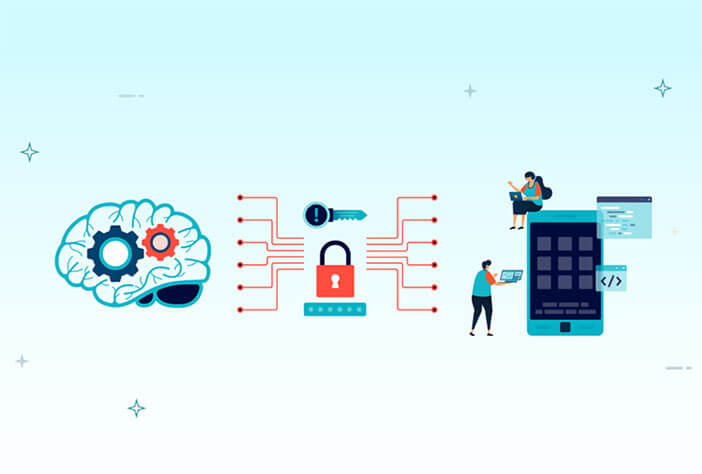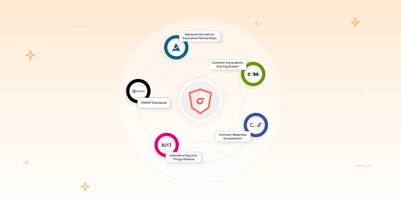BLOG
Discover how generative AI is changing the application security landscape and how you can turn it into an ally to solidify your security framework...
As per Statista, mobile apps are estimated to generate over $935 billion in revenue in 2024
Learn how legacy DAST tools aren’t enough for the evolving security demands of mobile apps, and automated dynamic application security testing is the future.
Featured blogs
Expert insights on navigating application security challenges
While SDLC ensures development efficiency & monitors time and budget constraints, SSDLC integrates security at each step.
"In an era where the scope and meaning of cyber hygiene are constantly shifting...
Learn how you can successfully integrate Swagger UI into your web applications using Webpack 5 as the module bundler and Ember as the Javascript framework.
Explore our blogs
BLOG
Top Mobile App Security Standards to Follow in ...
BLOG
Best Mobile App Security Testing Tools for ...
BLOG
Top 7 DAST Tools for Mobile Apps in 2025
BLOG
5 Best NowSecure Alternatives for Mobile ...
BLOG
Best Static Analysis Tools for Mobile App Security
Subscribe now for growth-boosting insights from Appknox
We have so many ideas for new features that can help your mobile app security even more efficiently. We promise you that we wont mail bomb you, just once in a month.









